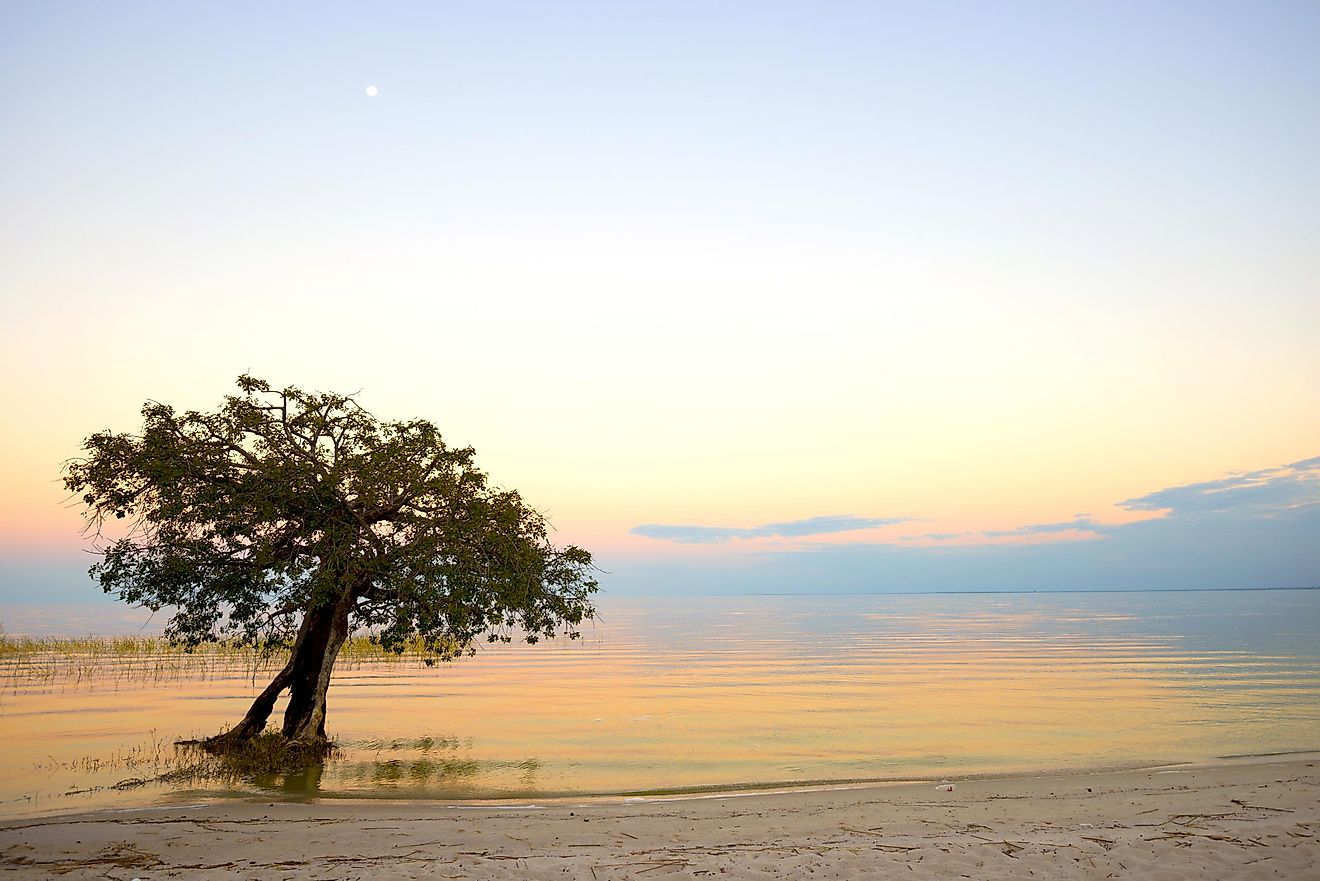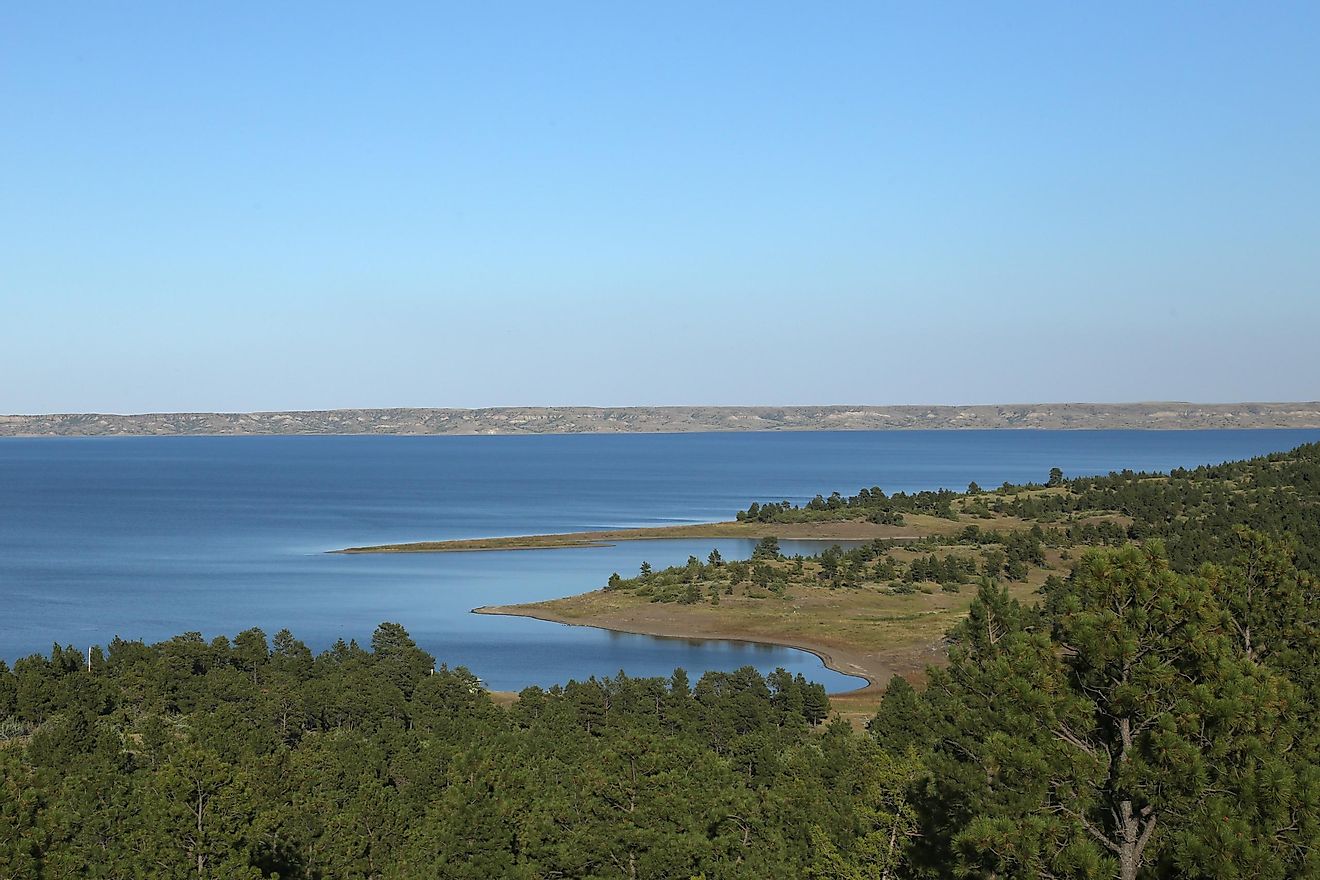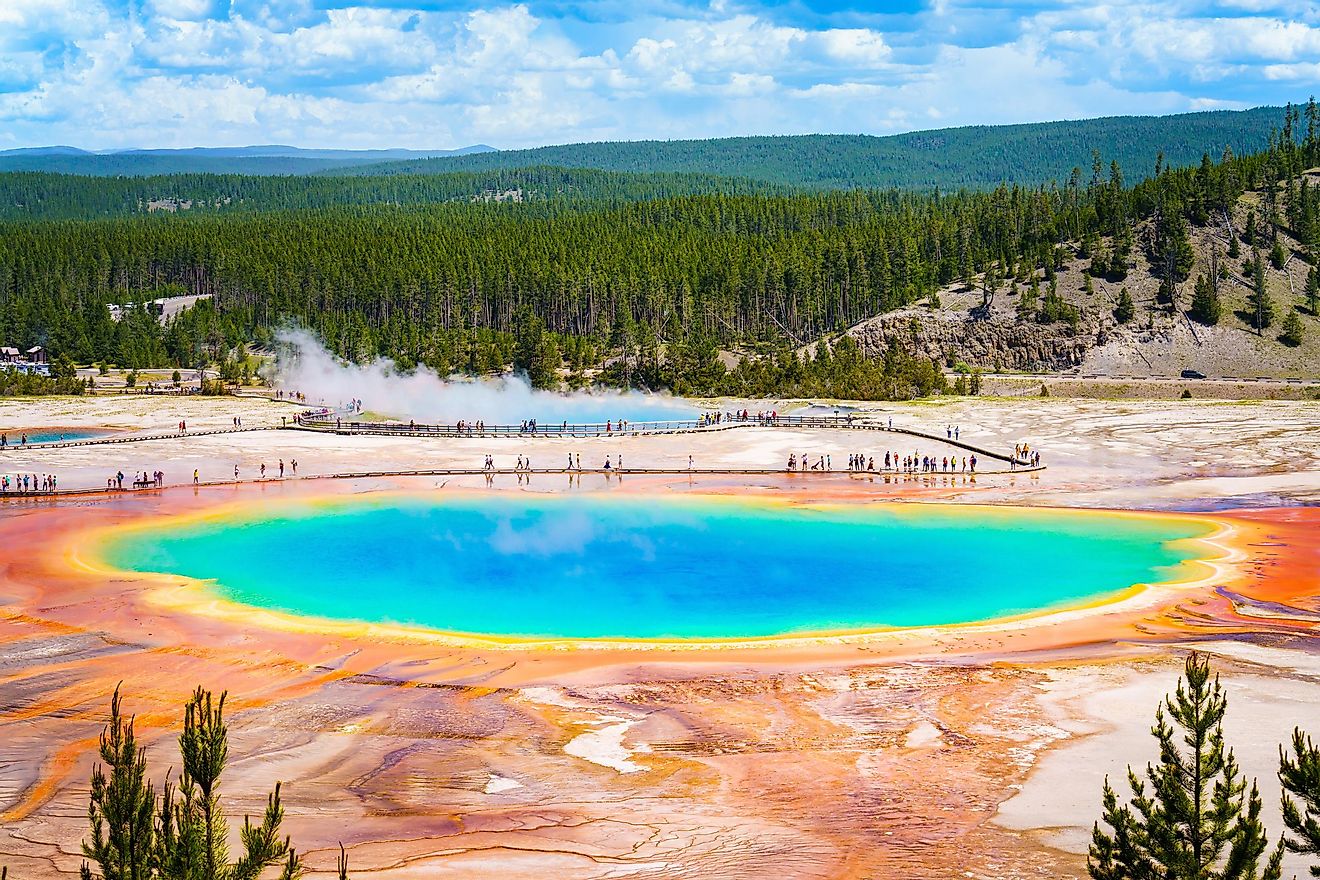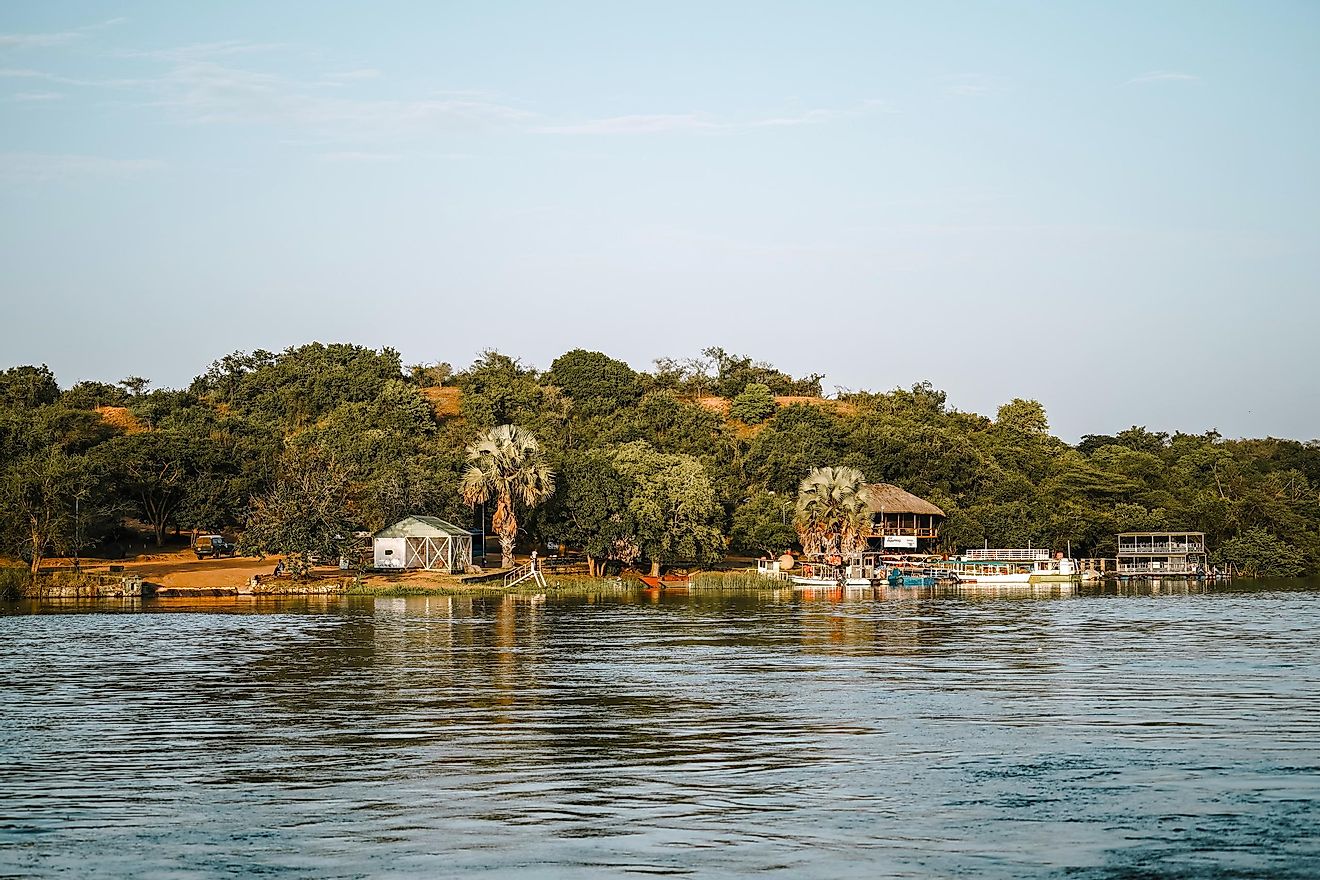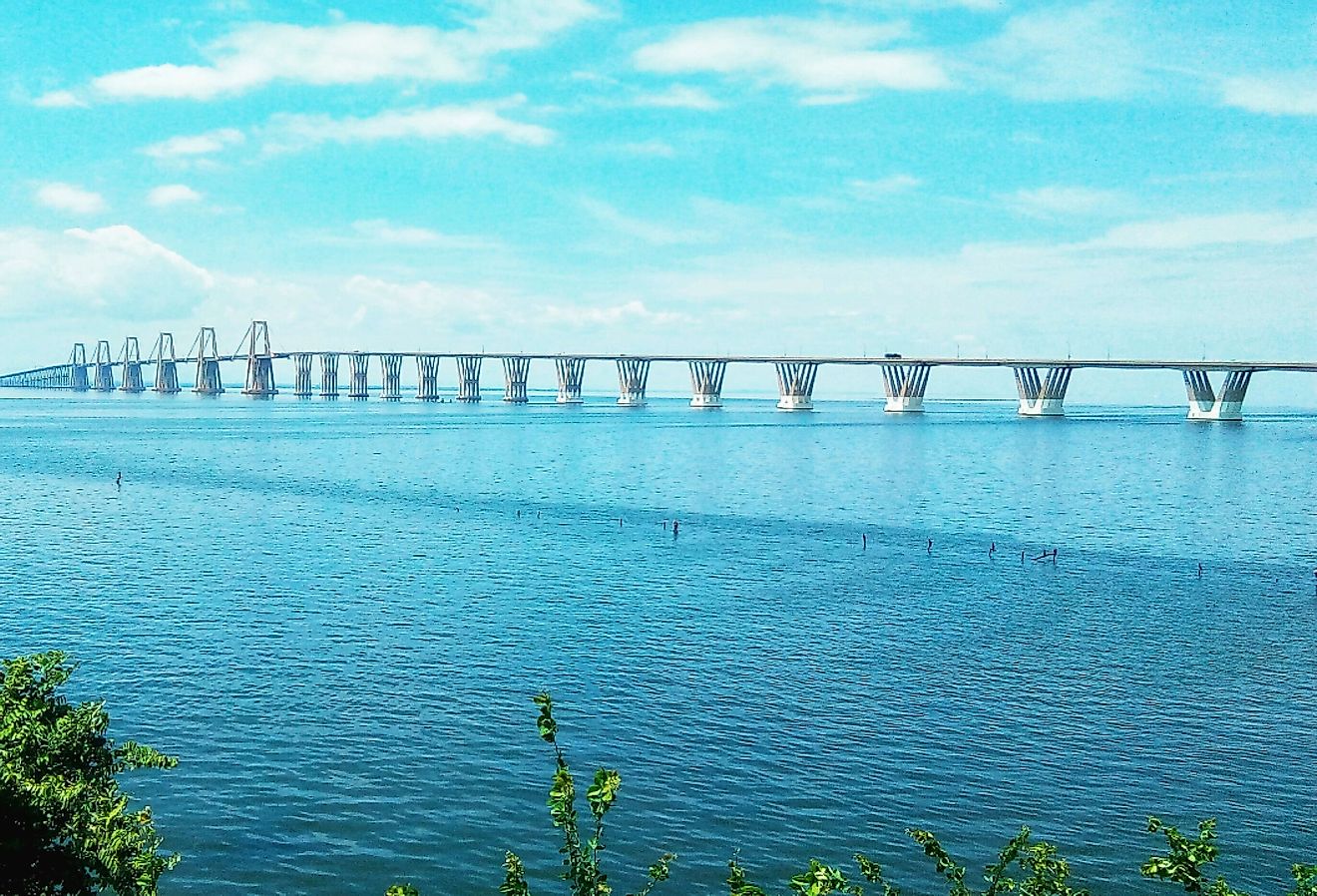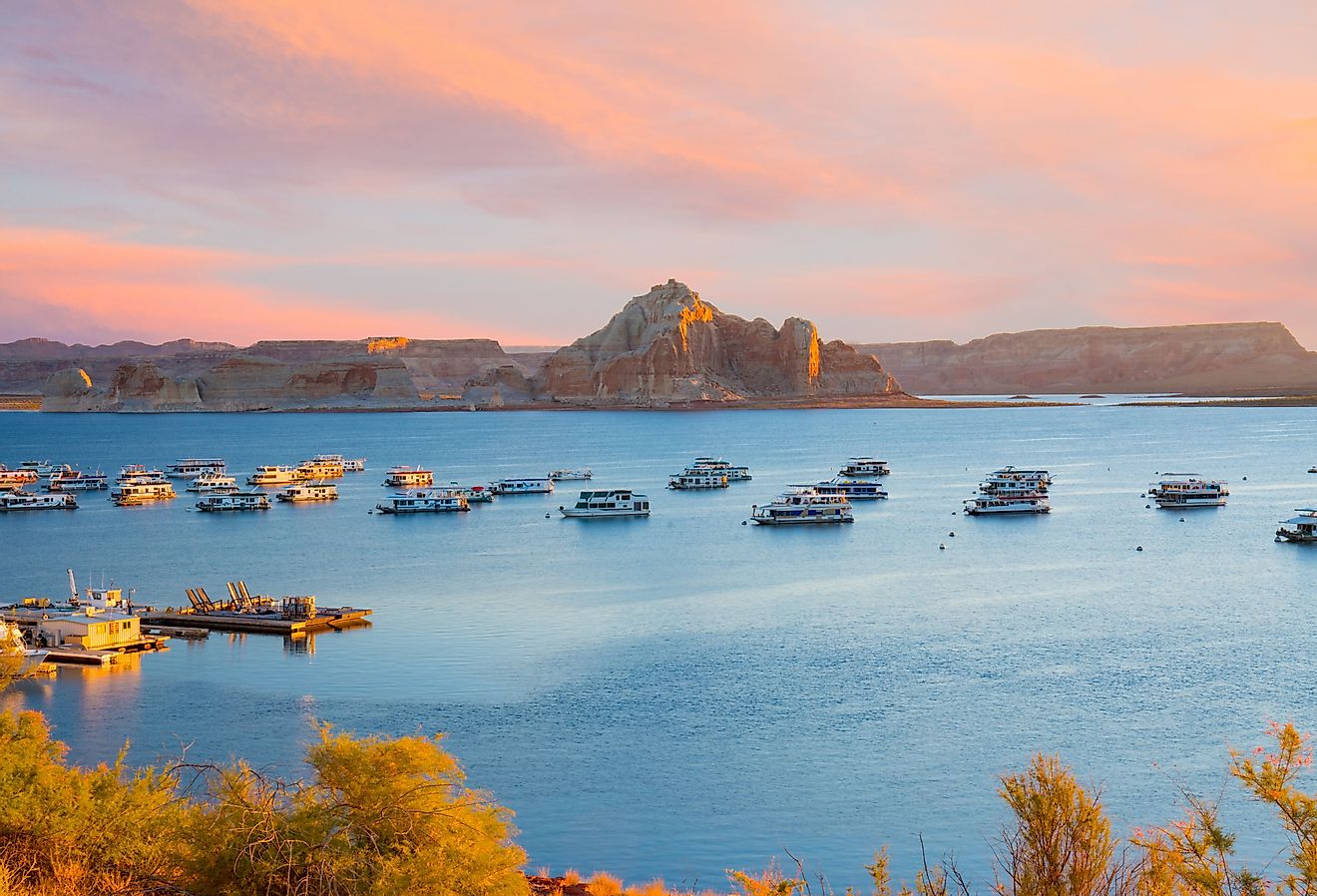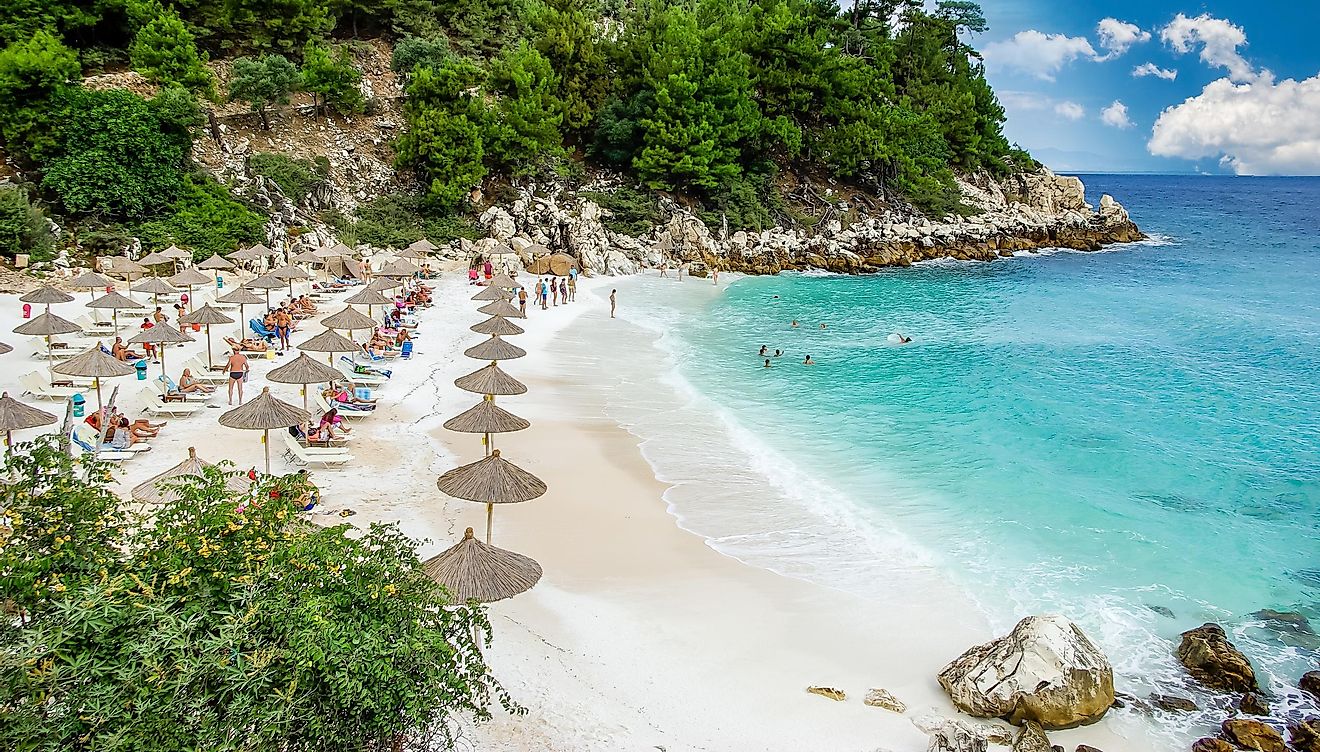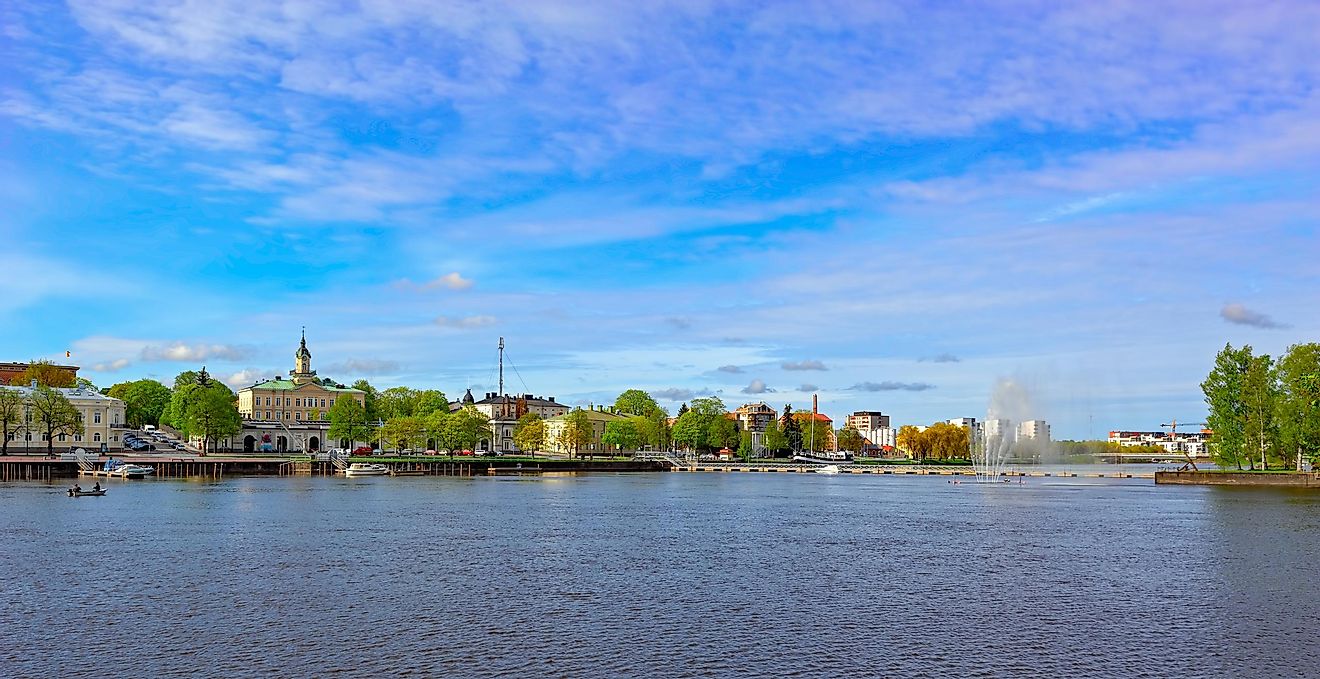
9 Most Beautiful Lakes In Hawaii
Hawaii is known for its lush volcanic terrain, sandy beaches, smiling faces, floral shirts, and water – lots and lots of water. The eight major islands that make up the Pacific Ocean archipelago are engulfed by sparkling, white-capped goodness. But the grand off-shore expanse is not the only source of blue enchantment. Some surprising inland bodies will punch up any hiker's daily wanderings. If you are ready for a break from the surfing scene, then branch out and explore the following most beautiful lakes (or reservoirs, or ponds) that can be found across the Aloha State.
Loko Waimaluhia Reservoir

The 32-acre, artificial, freshwater Loko Waimaluhia Reservoir sits within the expansive and wondrous Ho'omaluhia Botanical Garden. The entire 400-acre project was spearheaded by the U.S. Army Corps of Engineers in 1982 to provide flood protection to the adjacent town of Kāneʻohe on the island of Oahu. It has since blossomed into a peaceful inland refuge with geographically-grouped botanical collections from the Philippines, Malaysia, Tropical America, India, Sri Lanka, Melanesia, Polynesia, Africa, and many local Hawaiian species. This area, which is only a 20-minute drive from Honolulu, offers free admission and also includes campsites for those wishing to sink into the paradisiacal vision for an extended period.
Kahalu'u Fishpond

Also located on the windward coast of Oahu, Kahalu'u Fishpond, formerly known as Kahouana Fishpond, is one of only four remaining fishponds of the estimated 97 that existed prior to the 20th century. Kahalu'u is part of the large and sheltered Kāneʻohe Bay and sits between the communities of Kahaluu and Waikane. The 173-acre pond is divided from the bay by a roughly 1,215-foot-long seawall. This unique place is listed in the U.S. National Register of Historic Places and is only available to be visited if leased by the property owners. It currently makes for a popular wedding destination, with a chapel, pavilion, and garden there to usher in the magical moment.
Wahiawa Reservoir
Keeping with the O'ahu streak, Wahiawa Reservoir welcomes catch-and-release anglers to the North-Central portion of the island. Also known as Lake Wilson, this 400-acre reservoir sits within the Wahiawa Freshwater State Recreation Area in the Honolulu County town of Wahiawa. This well-stocked body of water represents the second-largest artificial lake in the state and is one of the few lakes around that allows for fishing and some boating (albeit only for fishing purposes). Those less inclined to the sport can still enjoy some relaxing time on the shore, quietly cheering on the patient hobbyists from a picnic table. Though the waters can be on the muddy side during the winter (due to excess rains), things clear up nicely during the rest of the year.
Waita Reservoir

On the South side of the island of Kauai, the privately-owned Waita Reservoir is available for select groups only. Folks can access this sizable manmade lake by joining up with a local ATV tour or fishing boat or by harnessing into the zip line network that traverses the forest and crosses over the water. The mountainous surroundings greatly enhance the aesthetic of the Waita Reservoir. Stark, verdant hills cover three of its sides. In an adjacent field, the remnants of the Old Koloa Sugar Mill (i.e., the first viable sugarcane plantation in Hawaii) can also be seen. Waita sits just East of the community of Koloa in Kaua'i County.
Lake Waiau

The beauty of this small, somewhat mysterious, exclusively rain-fed lake is in the Mars-like atmosphere. The only lake on the "Big Island" (i.e., Hawai'i), Lake Waiau, sits at a remarkable altitude of 13,020 feet above sea level (3,970 meters). This elevation makes it not only the highest lake in the state but one of the highest in the entire country. Determined hikers will find Lake Waiau just below the summit of the Mauna Kea volcano. Just be forewarned that the picturesque nature of this humble entry will vary depending on the year. Due to the fluctuating climate, Waiau may be a piddly puddle that looks like it's on its last legs or proudly fill the entire volume of its benevolent crater.
Violet Lake

From Lake Waiau's desolate, high-altitude environment surroundings to the dense montane rainforest encapsulating the moderately-high-altitude Violet Lake, Hawaii is never short on variety. Violet Lake also sits at a respectable altitude of 5,020 feet above sea level (1,530 meters) on the Mauna Kahālāwai volcano of Maui's Western prominence. This small body of water sits alongside the West Maui Forest Reserve and the West Maui Natural Area Reserve. It also falls within Maui County, about 5.9 miles from Wailuku. Violet Lake is said to be a holy place, giving a home to the gorgeous Maui violet and possibly even the traditional island goddess, Kihawahine.
Waiākea Pond

Skipping back over to the Big Island, Waiākea Pond is a pleasant spot to visit for the afternoon. It is located within the Wailoa River State Recreation Area in the East Coast town of Hilo. The lovely waterway is fed by the Wailo River, which brings in the waters of Hilo Bay. The lightly-developed area features comforts like pavilions, walking paths, and picnic tables, and allows some fishing, provided the appropriate license is obtained in advance. For a mix of culture and nature, there is also the two-gallery Wailoa Art Center located at the Southern base of the pond and a few coffee shops sprinkled around the perimeter.
Huilua Fishpond

Another one of the six remaining ancient Oahu fishponds can be found on the East-Central coast, connected to Kahana Bay, near the small windward district community of Ka'a'awa. Huilua is also a National Historic Landmark, as it so clearly demonstrates the aquafarming practices of the indigenous Hawaiian people. At one point, the fishpond had a 500-foot-long, three or four-foot-wide seawall that framed seven acres of the bay. Two gates kept bigger fish from escaping, allowing smaller species to come and go freely. A hike up one of the adjacent trails in Ahupuaʻa ʻO Kahana State Park will provide an excellent bird's-eye view of the remaining structure, as well as the quintessential Jurassic-park-esque Hawaiian coastline.
Lake Laysan

This last one is a way removed from Hawaii's main archipelago and can only be visited with special permission, but it is still a special sight that deserves some limelight. Laysan (or Kauō) sits in the middle of the Northwestern Islands, within the protective boundary of the Papahānaumokuākea Marine National Monument. In the middle of this 1-mile by 1.5-mile coral atoll is a 100-acre, naturally-occurring, hypersaline lake that effectively makes Laysan look like a floating Cheerio – one that is covered in white sand, some dry coastal grass, and about 30 other plant species. This area is also vital for nesting seabirds and migratory shorebirds.
The brilliant blue water of the omnipresent Pacific Ocean is not the only draw for aquaphiles in the area. The islands of Hawaii harbor many lakes, reservoirs, fishponds, and the like that are well worth some intentional side trips. Sure, lap up the rays and ride some waves at all the usual awesome beaches, but remember to say aloha to a few of these nine off-the-beaten-path beauties. Some may be easier to get to than others, and you may even have to save one for your wedding day, but keep your eyes open for any special opportunities.
